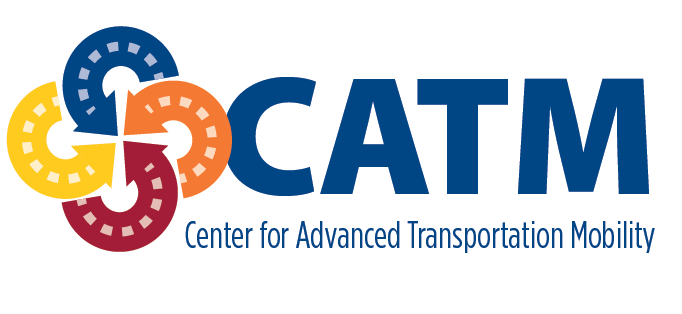Document Type
Report
Publication Date
6-2021
Keywords
Pedestrian Dynamics, Epidemic model, Parameter Sweep
Abstract
Air transportation is central to the global mobility of goods and people. Elimination or reduction of air travel during epidemic emergencies, such as during the 2014 Ebola outbreak in West Africa, carry considerable economic and human costs. This has come to the fore in the current COVID-19 crisis. Air travel has been identified as a leading factor in the spread of several epidemic diseases including influenza, SARS, as well as COVID-19. Mathematical modeling can play a crucial role in understanding this problem and devising strategies to mitigate emergency transportation disruptions. There is a strong correlation between contact rates and infection rates in a number of disease epidemics. The mixing of susceptible and infectious individuals in these high people density locations like airports involves pedestrian movement, which needs to be taken into account in the modeling studies of disease dynamics. Understanding the evolution of pedestrian contact network and designing strategies for epidemic mitigation can only be achieved by accurate modeling of pedestrian movement trajectories, and interactions as individuals move through crowded built environments like airports. In this project, a social force based pedestrian dynamics approach is used to evaluate the contacts among proximate pedestrians, which are then integrated with a stochastic epidemiological model to estimate the infectious disease spread in a localized outbreak. Practical application of such multiscale models to real life scenarios can be limited by the uncertainty in human behavior, lack of data during early stage epidemics and inherent stochasticity in the problem. We address this problem in two ways: (a) Firstly, we use other data sources such as airport usage data and cell phone location based data to estimate the number of people in crowded locations. The pedestrian dynamics simulations with the data input are more reliable. (b) Secondly, we parametrize the sources of uncertainty and explore the associated parameter space using a novel high efficiency parameter sweep algorithms. Results point to the effectiveness of this modeling approach and the algorithmic developments
Recommended Citation
Namilae, Sirish and Liu, Dahai, "Discrete Dynamics and Epidemiological Multi-Physics Models for Transportation Applications" (2021). Center for Advanced Transportation Mobility. 22.
https://digital.library.ncat.edu/catm/22


